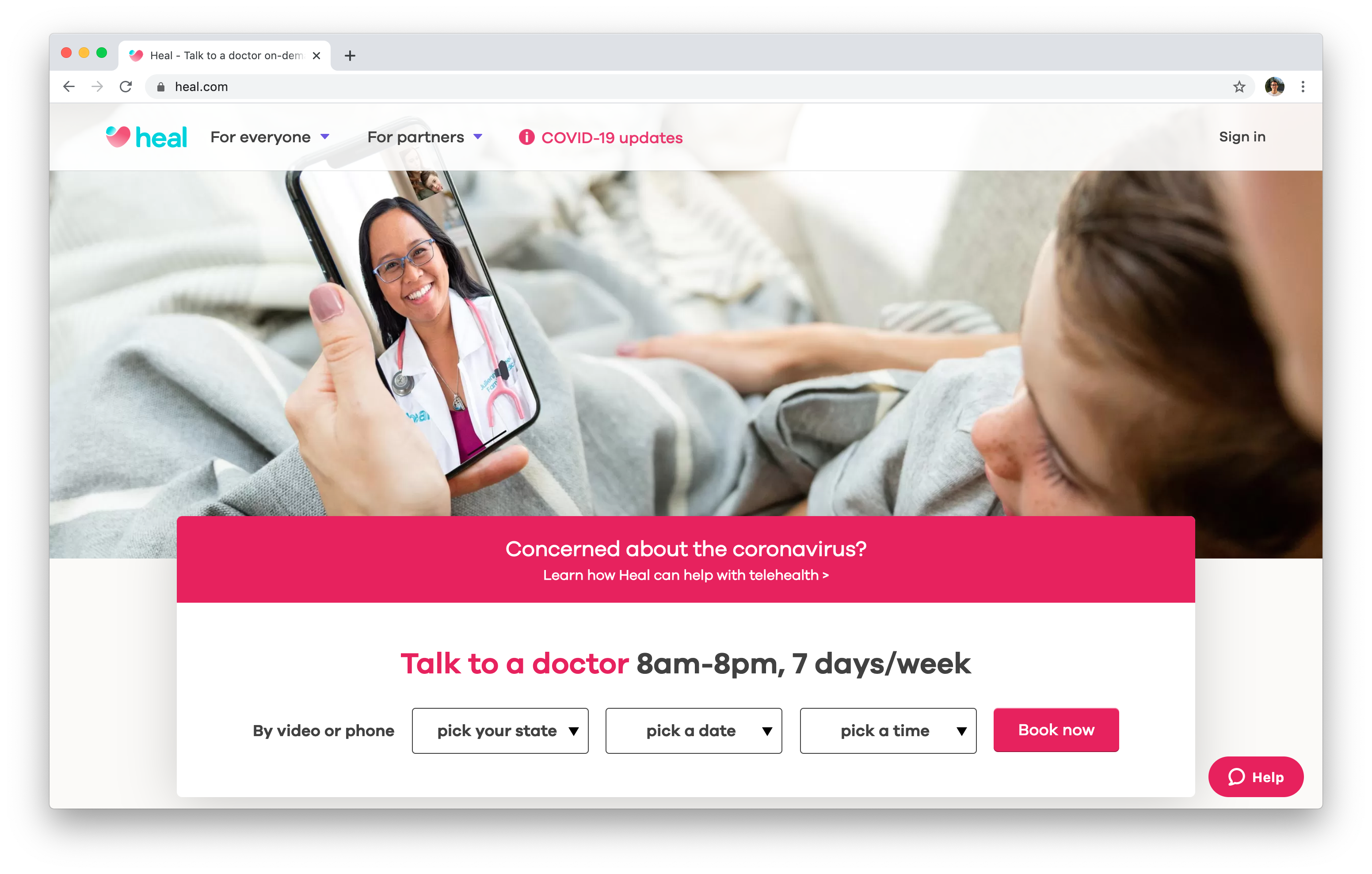A Comprehensive Overview to Subscription Based Healthcare: What You Required to Know
A Comprehensive Overview to Subscription Based Healthcare: What You Required to Know
Blog Article
Exactly How Subscription-Based Health Care Is Changing the Clinical Market

The Surge of Membership Healthcare
Over the last few years, the medical care industry has actually experienced a substantial change in the direction of subscription-based models, showing wider customer fads favoring benefit and predictability. This change is driven by the boosting demand for more individualized and available treatment services. Subscription medical care, sometimes referred to as concierge medicine or straight primary care, uses patients a set monthly fee for a series of clinical solutions, dramatically changing traditional fee-for-service versions.
The surge of membership healthcare is facilitated by developments in modern technology, which enable streamlined communication between companies and clients - subscription based healthcare. Digital systems and telehealth solutions have become important, offering patients the capability to schedule appointments, gain access to clinical records, and receive appointments online. This technological assimilation not just boosts client engagement yet additionally enables suppliers to supply much more effective treatment
Additionally, the registration version straightens with the developing expectations of people that seek even more control over their healthcare expenditures and experiences. While this design is acquiring traction, its spreading encounters difficulties such as regulative hurdles and the requirement for broader approval within the standard health care environment.
Benefits for Providers and patients
Subscription-based healthcare provides a multitude of benefits for both service providers and patients, improving the dynamics of medical treatment. For people, this version provides enhanced access to healthcare solutions. With a foreseeable monthly charge, patients can take pleasure in unlimited appointments, lowered wait times, and personalized treatment. This arrangement commonly leads to a much more aggressive method to health and wellness administration, permitting timely interventions that can prevent chronic problems from rising. In addition, the financial transparency of subscription designs minimizes the unpredictability connected with traditional fee-for-service invoicing, easing the concern of unanticipated medical expenses.
For health care carriers, subscription-based versions promote an even more lasting and satisfying method. By protecting a stable profits stream, suppliers can concentrate on delivering high-grade care without the pressure of volume-based service. This model urges longer person consultations, fostering more powerful patient-provider connections and boosting health outcomes. In addition, it offers providers the versatility to innovate and integrate precautionary and alternative care practices. Administrative tasks are commonly streamlined, lowering overhead prices and allowing suppliers to dedicate more time to individual communication. Overall, subscription-based health care straightens the rewards of service providers and patients, advertising a more reliable and patient-centered healthcare distribution system.
Secret Attributes of the Design
Regularly, the essential features of the subscription-based health care model highlight its distinct approach to providing clinical solutions. Central to this design is the principle of predictable, monthly settlements, offering clients a comprehensive variety of services without the unpredictability of conventional fee-for-service structures. This version frequently consists of unlimited access to medical care services, precautionary treatment, and routine exams, guaranteeing that people can involve with their doctor proactively instead of reactively.
In addition, straight communication channels, such as telemedicine and messaging platforms, are emphasized, permitting patients to receive prompt suggestions and assessments without requiring in-person visits. This improves accessibility and benefit, particularly for individuals with wheelchair restrictions or those residing in remote locations. The version additionally cultivates more powerful doctor-patient partnerships, as healthcare suppliers are incentivized to concentrate on long-lasting health and wellness outcomes instead of temporary check outs.
Additionally, subscription-based medical care often incorporates technological developments, such as electronic health and wellness records and health tracking applications, to give individualized and efficient care. Clients profit from worked with and continual care monitoring, which is customized to their certain health needs. Ultimately, these functions jointly create a patient-centered healthcare experience, focusing on access, cost openness, and precautionary treatment.

Considerations and obstacles
While the subscription-based medical care design uses many benefits, it is not without its considerations and obstacles. One significant challenge is ensuring equitable accessibility. Membership models might accidentally prefer those with higher socioeconomic standing, possibly expanding differences in medical care access for lower-income individuals that might battle with regular monthly fees. This raises ethical issues about inclusivity and equity in health care delivery.
One more obstacle lies in regulative conformity. Subscription-based healthcare has to browse a complicated internet of guidelines that differ by area, including issues around individual confidentiality, information protection, and state licensing demands. Making certain compliance without hindering the design's adaptability and technology can be daunting for providers.
Additionally, there is the danger of overutilization or underutilization of services. look at this web-site Clients paying a fixed charge could overuse solutions, causing boosted functional expenses, while others may underutilize due to fear of straining the system, possibly overlooking required care.
Future Potential Customers and Innovations
The landscape of subscription-based medical care is poised for transformation via arising innovations and developing leads. As modern technology remains to development, the combination of expert system and device discovering presents significant opportunities to improve diagnostic accuracy and streamline individual administration. Anticipating analytics can revolutionize precautionary care by recognizing possible health and wellness risks prior to they manifest, thus minimizing both expenses and the burden on healthcare systems.
Moreover, telemedicine is set to expand within registration versions, offering patients enhanced accessibility to health care specialists no matter geographical restraints. This not just helps with connection of care yet also encourages clients to engage more actively in their health and wellness administration. Additionally, blockchain technology offers potential in securing person data and guaranteeing interoperability across systems, fostering trust and openness.
The development of customized medicine is another frontier, with membership designs offering an one-of-a-kind framework for delivering tailored health and wellness remedies. Hereditary testing and tailored therapy plans can be effortlessly integrated, lining up client requires with certain medical browse this site treatments. Partnerships in between tech firms and medical care service providers are likely to yield ingenious services, improving patient experiences and outcomes. As these leads appear, subscription-based healthcare has the prospective to redefine exactly how care is supplied and accessed.
Final Thought
Subscription-based medical care is changing the medical sector by using an extra easily accessible, predictable, and patient-centered approach to clinical services. In dig this spite of obstacles such as governing hurdles and prospective variations in gain access to, the membership version holds assurance for a more individualized and efficient health care experience.
Subscription healthcare, in some cases referred to as attendant medicine or direct main treatment, offers people a set regular monthly fee for a variety of medical solutions, considerably altering conventional fee-for-service designs.
Additionally, the subscription design lines up with the developing expectations of patients who look for even more control over their medical care expenses and experiences. For clients, this version provides enhanced accessibility to healthcare services. On the whole, subscription-based medical care straightens the incentives of companies and patients, advertising an extra patient-centered and reliable healthcare delivery system.
Furthermore, telemedicine is established to broaden within registration versions, offering clients boosted accessibility to health care professionals regardless of geographical restrictions. - subscription based healthcare
Report this page